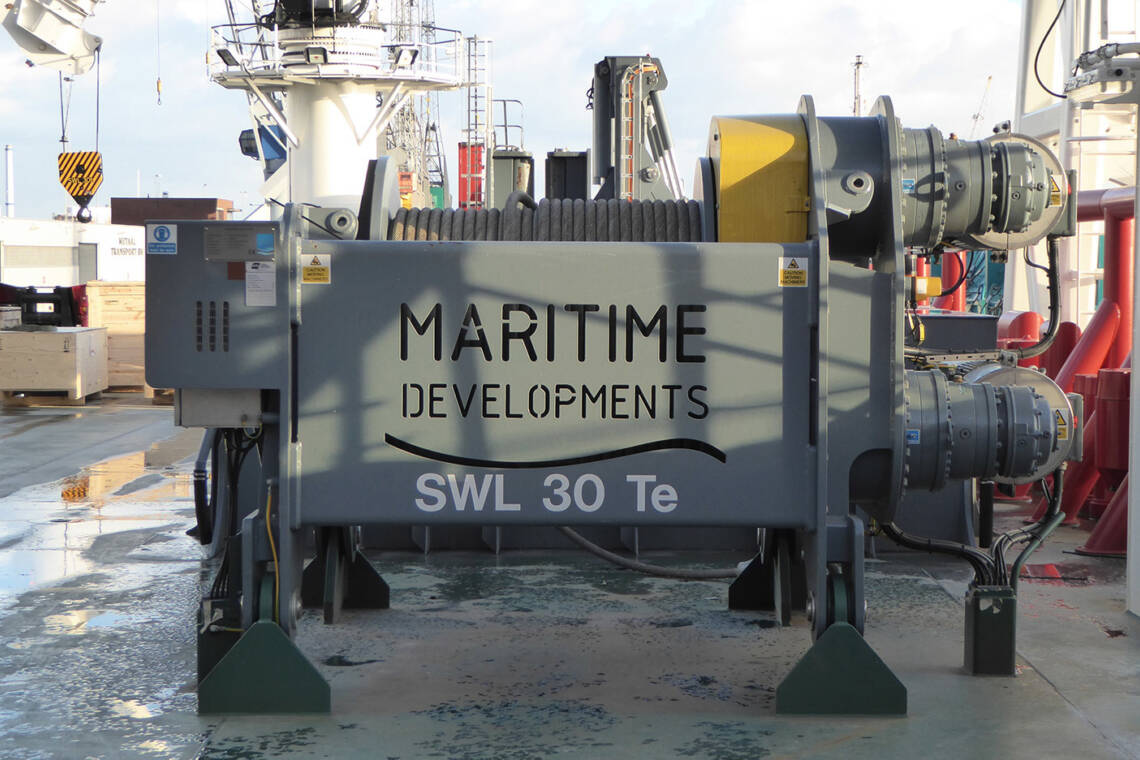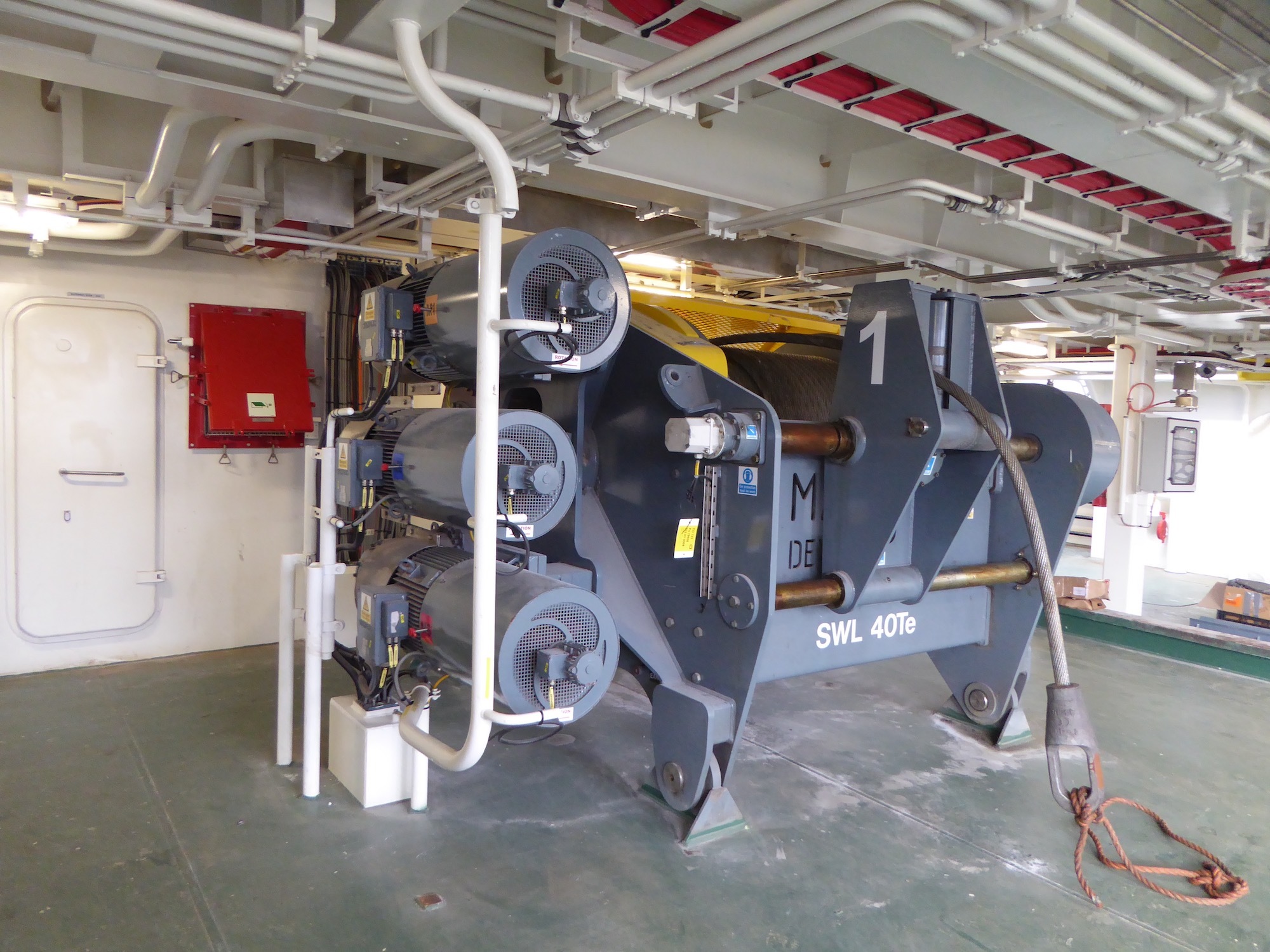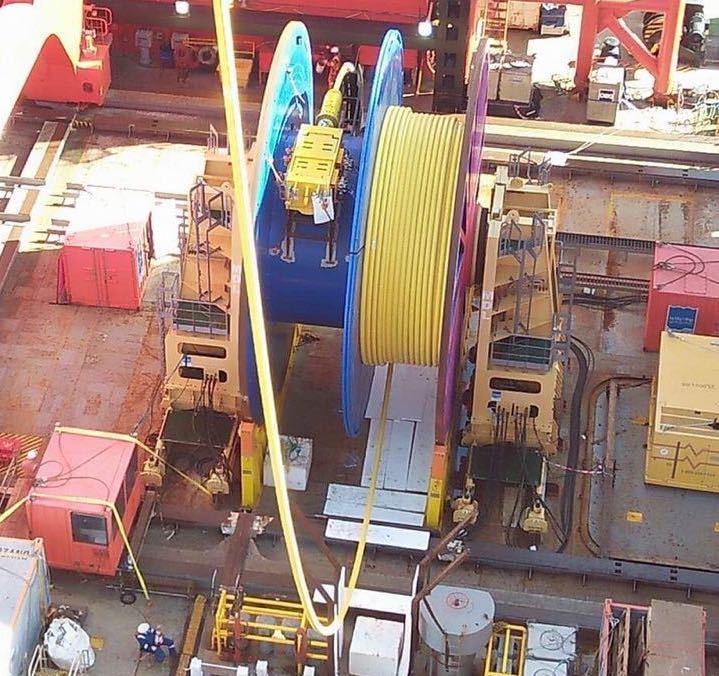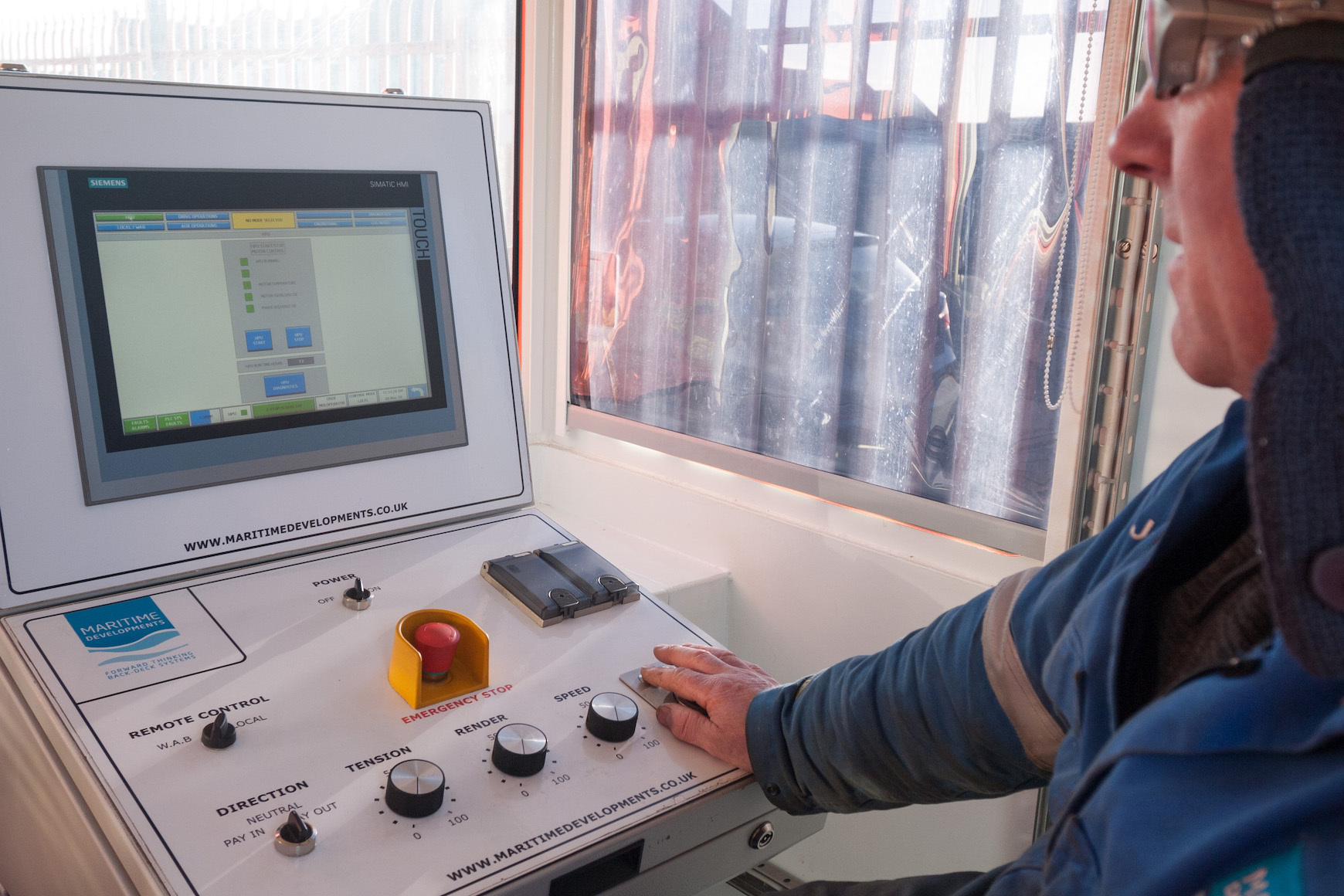Mexico: bridging the gap to faster recovery

As Mexico continues to fuel its oil and gas revolution, a helpful hand with North Sea roots can bring the country’s offshore pipelay operations ahead of their time.
Despite an estimated 29 billion barrels of oil locked within Mexico’s waters, and further 60 billion in shale, most of the reserves remain untapped due to historic underinvestment.
What is more significant, over the past decade the country’s hydrocarbon production has been progressively declining, raising alarm bells over the national growing energy demand.
To offset the negative trend back in 2013, the country’s government made the revolutionary move to open its oil and gas market to the private sector - putting an end to the 75-year monopoly by state-owned Pemex.
Since the reform, Mexico has already attracted a huge potential investment from auctioning off contracts to local and foreign firms, including IOCs such as ExxonMobil and Shell.
The appetite for this market will no doubt continue to grow among IOCs, NOCs, independent operators and service companies alike, all looking to take a bite from one of the largest untapped reserves in the world – but how quickly can they benefit from the investment?
Traditionally, Mexico’s shallow-water reserves have taken an average of six to nine years to start up, and there are no previous deepwater discoveries to give an indication of how long these could take to come online.
It is clear how the country can benefit from an extensive E&P expertise brought in by the international companies, if it is going to ramp up the activity to turn its declining production on its head.
This is where North Sea expertise steps in.
With its own oil revolution in the 1970s, the North-Atlantic basin has seen it all: from rapid field development to production slumps, prompting clever thinking and development of new technology to maximise returns on reduced investment.

MDL begun its service to the North Sea marine sector in the midst of this development, in 1999. When the market went into the 2014 depression, the company’s innovative pipelay equipment and customer-focused approach started to make a noticeable impact on offshore operations.
By that point, MDL had already developed a reputation for market-leading technology, by supplying service companies in Europe and elsewhere in the world with bespoke equipment, built to specification.
But it was its growing flexlay service that was having the biggest influence in the downturn: featuring the same advanced technology as the equipment it built for sale, the MDL Offshore Service fleet quickly became the most desirable pipelay option available for hire - not just for North Sea operations, but globally.
What made the service even more meaningful in a market that was going through a huge transformation - handicapped by skills shortage and far reaching cost reduction - was the highly experienced consultancy service, working out the best solution to carry out a project safely to a given budget and schedule.

To date, MDL’s packaged back-deck service has worked for IOCs, NOCs and independent operators across four continents, becoming synonymous with high-quality and value.
Now, this bespoke service is closer than ever, thanks to MDL’ partnership with project management and offshore service provider, Frontera Offshore, and setting up an equipment base in the Gulf of Mexico.
One of the systems on location is a 2-track pipelay tensioner system, which just this month completed a steel-pipe handling project in California, demonstrating the benefits of the remote-controlled equipment in the midstream sector.
The physical proximity of MDL’s technology maximises the key benefits of the company’s portable equipment design: every system can be broken down into modules and transported by road or in standard shipping containers
More than that, the equipment can be easily mobilized on-board standard construction vessels or even barges, turning a simple LCV into a pipelay solution for the duration of the project. What this means for the majority of pipe installation work in the shallow-water southern Gulf of Mexico, is there is no requirement to utilize specialist pipelay vessels from Europe, which tend to be overbooked and heavily priced.

What’s more notable is that the equipment downtime for repairs or maintenance is non-existent, thanks to the robust design and strict maintenance procedure followed thoroughly by the MDL service personnel.
In fact, all of MDL’s offshore service personnel know the equipment inside-out: when not working in an offshore capacity, the personnel are participating in the complete delivery process of new equipment at MDL’s manufacturing yard in Scotland.
Including offshore service personnel in the complete life cycle: from manufacturing to operations, ensures the correct procedures and proper operation of the equipment at all times during an offshore project.
This is particularly important as exploration delves deeper into Mexican waters, putting safety of operations into the spotlight. MDL’s equipment fleet is designed to reduce risks during installation through complete automation and a range of safety features, preventing the loss of product in extreme conditions.
Armed with the North Sea experience of turning a challenging situation into a profitable one – and a fleet of market-leading equipment on its doorstep - MDL is perfectly placed to help Mexico speed up the returns from its oil revolution.
Andrew Blaquiere, MDL Americas VP
- April 2024MDL supports Saipem on Greece INGS
- January 2024Preparation is key to a long life subsea
- January 2024Forward thinking with Holland
- January 2024Ensuring peak performance for FPSO and platform owners in 2024
- December 2023Reducing the risk of cable failures










